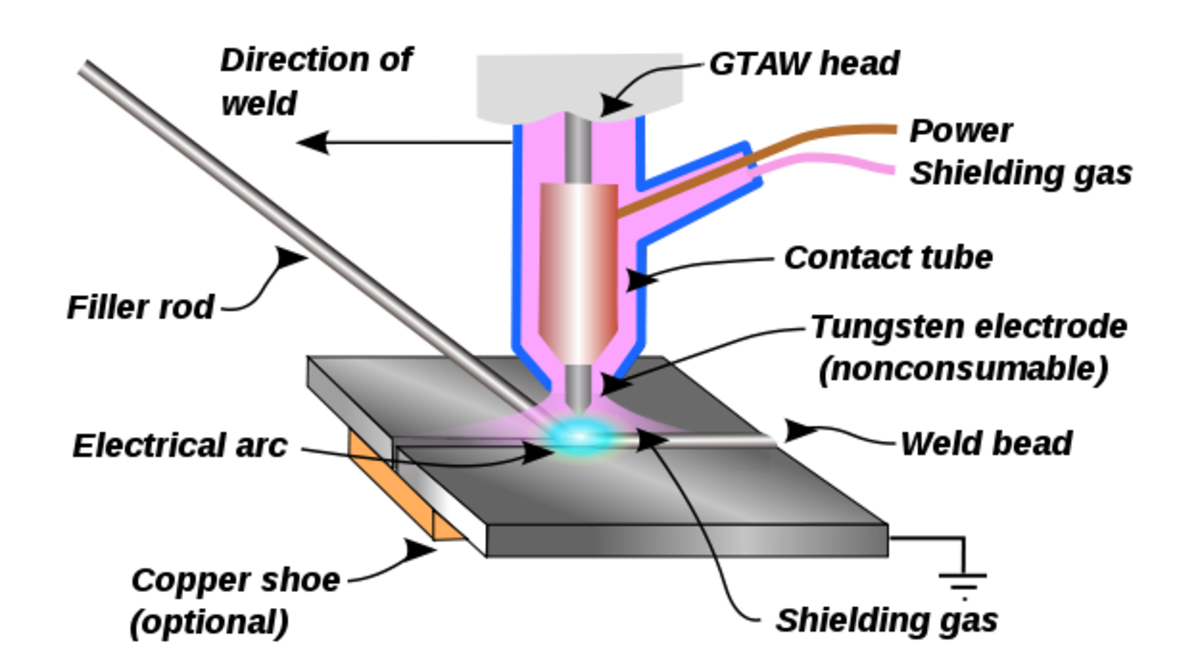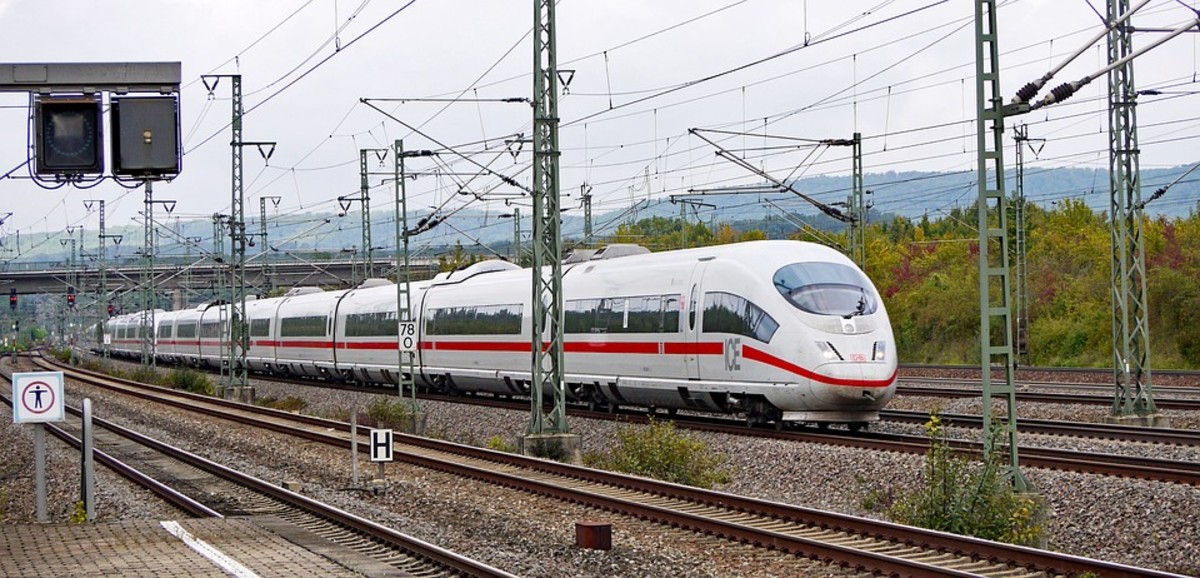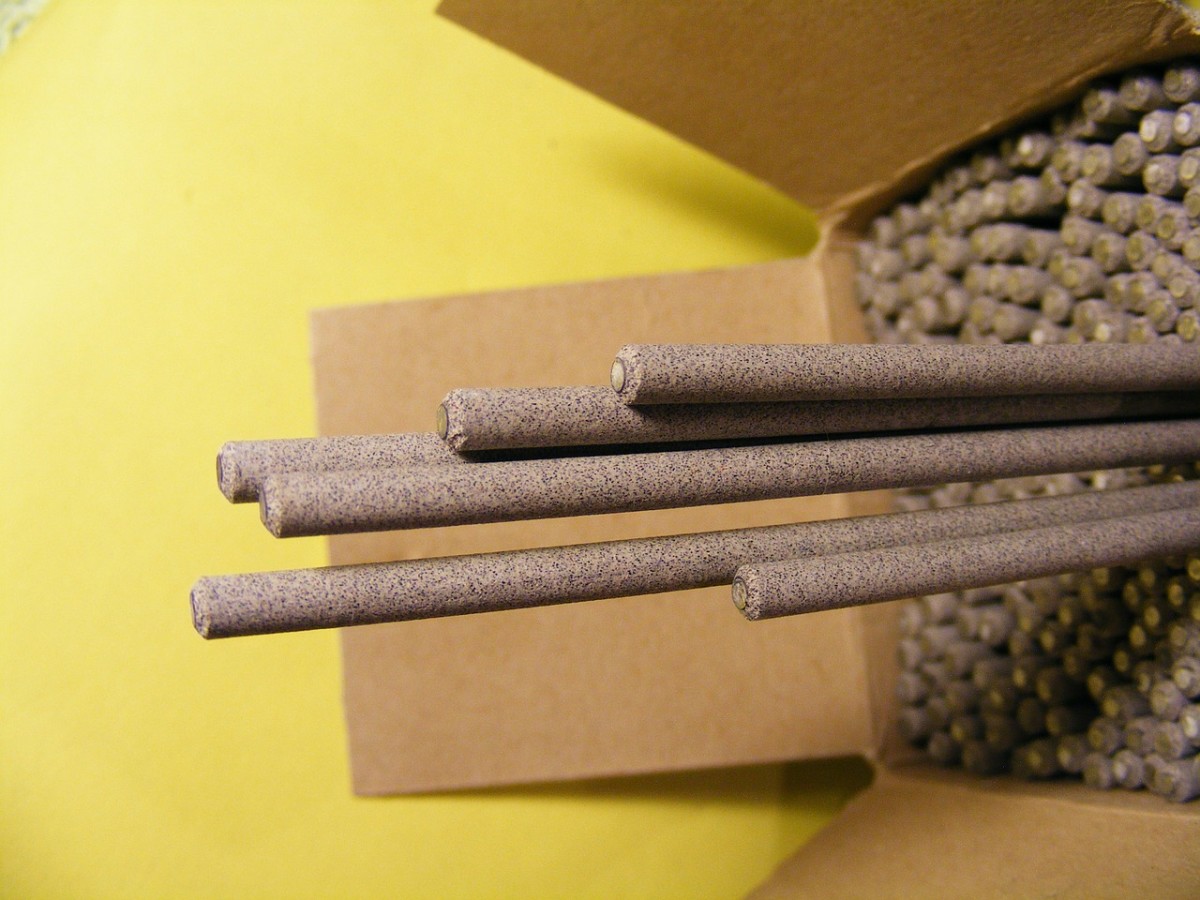Manufacturing Processes - Pressing and Sintering
Material/Process Choices
There is always a heavy interdependency between the product design specification, material choice and process choice of any development. Also the final choice of which process is used will be largely influenced by production volumes, levels of investment required, value of components manufactured, available expertise and make or buy decisions.
Pressing and sintering is a process choice used when there are fairly exacting requirements that have to be met as dictated by the design specifications laid down.
Typically a mechanical design specification will be developed as a result of a collaboration between the mechanical engineering group, the design drafting group and manufacturing engineering.
Mechanical engineering would normally be involved in detailing the material strength and characteristics required for the component to function adequately in its operating environment. The design drafting group would be looking at how the component will fit spatially in terms of size, tolerances and form. Then manufacturing engineering would normally be looking at the best process available for the production of the component in a cost effective manner for the quantities likely to be required.
Ideally these design decisions would be happening concurrently, within a multi-disciplined team environment. It is also worth noting that it is not unusual for initial prototypes to be produced using a completely different manufacturing process to the process selected for a fully released commercial product.
There could be a number of reasons for this, but more often than not it is down to the cost of tooling etc. with respect to the initial quantities required and the speed at which the prototypes can be made available. Remembering that at the initial prototype production stage there could well be a need to redesign base components due to unknown factors and if the design group has invested heavily, in dedicated tooling for example, that investment could well be lost. What it comes down to is how confident the engineering group is that the base components will be fit for purpose. A high level of confidence will result in a higher level of investment in associated production equipment at an earlier stage of development and a low level of confidence will result, initially, in a lower level of investment.
Powder processing techniques can be used to produce components consisting of almost any material or material combination, ranging from carbide lathe tools to the super-alloys used in the aerospace industry. So from the perspective of a mechanical engineering group it may represent a very attractive process due to the versatility and range of materials that can be combined to meet the operational requirements of the end product.
However with respect to the level of confidence required to invest in what can be relatively expensive tooling, there are drawbacks in the process that need to be overcome, the primary one being the removal of voids that can be present between the powder particles. That is, powder processing has a tendency to produce components that are porous. Porosity is a characteristic that is sometimes desirable but more often it is completely undesirable.So from the perspective of a manufacturing engineering group the process might be considered to be slightly less than consistent in nature without considerable investment in the overall process to ensure all voids are removed.
The ways in which this drawback can be overcome (or on occasions utilised when it is actually a requirement) are discussed further in examining the primary pressing and sintering methods below.
Ceramic Materials: Science and Engineering

Pressing and Sintering
Pressing and sintering is a powder processing process that falls in the manufacturing process category of forming. In summary the powder is pressed in closed dies to form a green compact that can be sintered at highly elevated temperatures. The temperature although elevated is normally below the melting point of the bulk of the material that makes up the powder composite. The objective is to reach a temperature that allows the powder to bond but not so that the complete composite melts and flows, although typically one of the powder component materials will reach its melting temperature and facilitate the bonding of the other powder components.
There are three primary pressing and sintering processes:
- Cold pressing and sintering, as described below
- Unpressurised sintering, uses heat only to bind the powder together. Best suited when manufacturing porous components
- Hot pressing, which is where the powder is heated to a temperature above the recrystallisation temperature during the pressing process
The following sequence depicts a typical cold pressing and sintering process:
- Powder fill, this is where the powder consisting of metal and/or ceramic composites is fed into a closed die arrangement.
- Compaction, is where pressure is applied to the powder within the closed die, normally using an upper and lower punch at high enough pressure to bind the powder together.
- Ejection, the formed component is forced out of the closed die.
- The component is then put through a sintering process where firstly the component is heated in order to burn off the lubricant or binder at a reduced temperature, then it is heated to the sintering temperature in a protective gas atmosphere (preventing oxidisation) after which it is cooled at a controlled rate.
The process is best suited to very simple 3D shapes, without re-entrant angles, in solid or hollow form.
A typical component ideally suited to the pressing and sintering process would be a cylindrical bearing, which requires specific properties for resisting wear and tear but also benefits from being porous. The benefit of the porosity in this case is that it allows oil ingression for lubrication purposes at the bearing faces of the component. Using a powder compact, as indicated, facilitates the inclusion of materials that are very hard and consequently wear resistant.
Note: not all pressed powder components are porous, but where required this can be an included characteristic, unpressurised sintering produces components that are more porous.
Avoiding porosity when not required can be a problem with powder pressed components, but it can be eliminated, sometimes at the cost of dimensional stability. Hot isostatic pressing and sintering is one technique that is used to eliminate unwanted porosity in components.
Machinery and dies, especially for automated systems can be expensive, but material utilisation is normally 100% and completely waste free.
Density variations in the finished components should be expected. They are a natural side effect of the process.
Cold Press Sintering
Slip Casting
Slip casting is another form of powder processing. In the case of slip casting the powder is added to liquid in order to form a slurry. The slurry is poured into a porous mould which allows the liquid to be extracted from the slurry leaving a deposit on the inside of the mould, effectively a green compact.
Excess slurry can be drained off once the required wall thickness is established, and when necessary the green compact can be trimmed before sintering to get to the required component form. Once the material has set enough to be self supporting the mould is removed from the green compact and sintering is done as usual at elevated temperature to complete the process.
You will have noted that there is no pressure involved in a slip casting process, it is purely a cold forming and sintering process. The primary utilisation of this process is for the production of domestic ceramics, although it can also be used for engineering ceramics and again falls under the manufacturing process of 'forming'.
Slip Casting Process
Pressing and Sintering Resources
- Manufacturing Processes and Methods Process
The selection of a manufacturing process is done very much on the basis of a manufacturer choosing the process that best suits his needs. Consideration must be given to a number of factors before deciding on a... - Materials Selection versus Manufacturing Process
Material selections can determine what manufacturing processes are available, form can determine what materials can be used and manufacturing processes can determine what form can be created. So what you... - Manufacturing Processes - Isostatic Pressing
Isostatic pressing is a powder processing process that falls in the category of forming under the general category of manufacturing processes. There are 2 types of isostatic pressing processes: Hot... - Manufacturing Processes - Vacuum Forming
The vacuum forming process comes under the general manufacturing processes category of forming. The process involves producing components that are formed by heat softening plastic sheet and forcing it against... - Manufacturing Processes - Blow Moulding
The blow moulding process fits in the general manufacturing processes category of 'forming'. A heat softened hollow plastic blank, sometimes referred to as a 'parison' is clamped between two mould halves. Air... - Manufacturing Processes - Sheet Metal Forming
The sheet metal forming process comes under the category of forming as a manufacturing process. There are a number of sheet metal forming methods available which all consist of some form of deformation of the... - Manufacturing Processes - Forging
The metal forging process comes under the category of forming as a manufacturing process. It involves the forming or shaping of bulk metal between dies which mirror the shape of the component or section of a... - Manufacturing Processes - Extrusion Process
Extrusion fits under the general category of forming in manufacturing processes. The term applies to a variety of processes that involve confining a material in a container and applying a force to push the... - Manufacturing Processes - Superplastic Forming
Superplastic forming as the name suggests falls in the manufacturing processes category of forming. The process works under closely controlled conditions of temperature and strain rates which allow certain... - Manfacturing Processes - Rolling And Metal Forming
Metal rolling is manufacturing process that falls under the general category of forming. It facilitates the continuous forming of bulk metal between two rotating roller tools. It is a 2 dimensional process...








